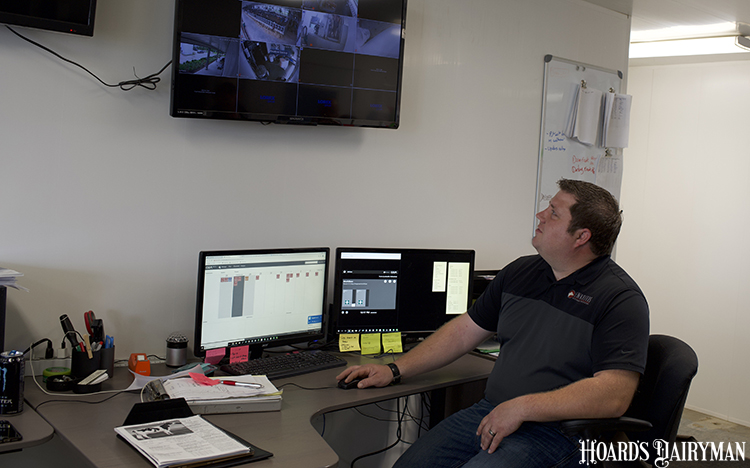
Lifelong producers have a front row seat to witness the transformation that continues to take place in dairy farming. Now more than ever, technology is influencing many aspects of how dairy cows are managed.
At the Precision Dairy Conference, Megan Schrupp, D.V.M., a practicing veterinarian who is also involved with her family’s dairy, shared a story about one of her clients. This gentleman started farming in the mid-1980s. In his 40-year career, he said the best investment he had made was individual cow monitoring sensors.
During the panel discussion, Schrupp highlighted the four digital dairy advantages she sees on farms that utilize sensors to monitor cows.
1. The first is the ability to use data to make everyday management decisions. She explained that as a veterinarian, she often works with farm owners or herd managers, and a lot of decisions are made based on assumptions, with no data as to how the cow is responding.
“Having data allows us to make better decisions and more informed decisions,” she said. “On the backside, we can use it to see how the decision we made affected the cow in a negative or positive way.”
2. The next benefit of monitoring systems is the ability to let cows just be cows. She explained that the data that comes from individual cow tracking allows for earlier interventions and better disease outcomes.
“Data allows us to make better decisions for the cows,” she shared. “It also changes our economics on disease outcomes, and it changes our culling decisions to more voluntary culls and fewer involuntary culls.”
3. The third advantage is the ability to pivot. She said farms used to only have bulk tank milk data or monthly Dairy Herd Information (DHI) reports. Now, farms can get data by the hour or even more frequently. “This allows you to change quickly if needed to minimize on losses or capitalize on returns,” she noted.
4. The final advantage is efficiency. These systems can reduce labor by minimizing cow handling and spending less time finding cows in the barn. They also help detect disease earlier and reduce the need for reproductive hormones. “We are just so much more efficient,” she said.
Schrupp said that all of this information at a farmer’s fingertips can be overwhelming. There is a lot of data that must be checked daily and utilized in some way. She said that veterinarians have an opportunity to help with interpretation and support their decision making.
Reflecting on how dairy farming has changed over the years, Schrupp concluded, “It’s fun to see where we’ve been and really exciting to see where we are going.”








